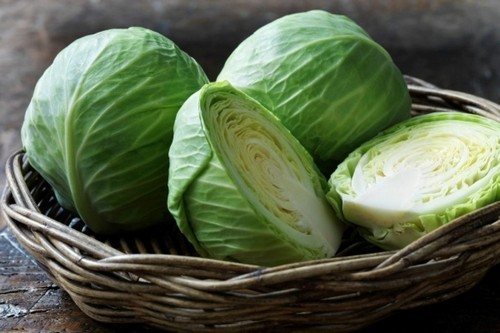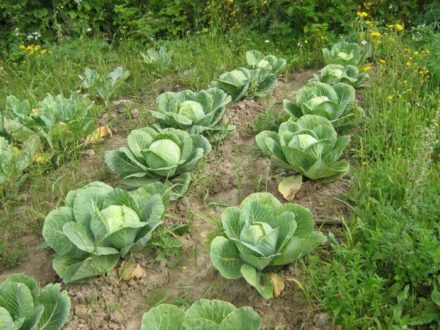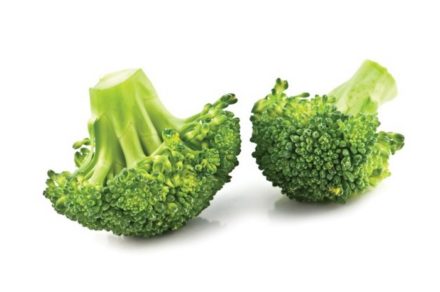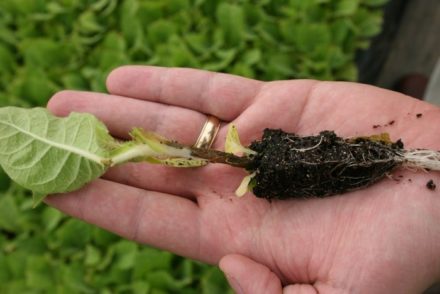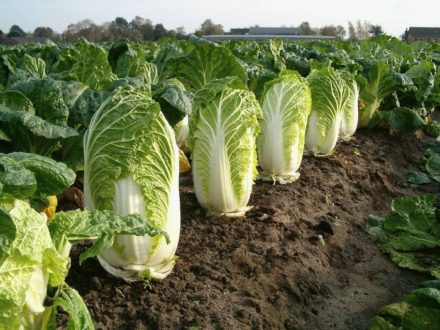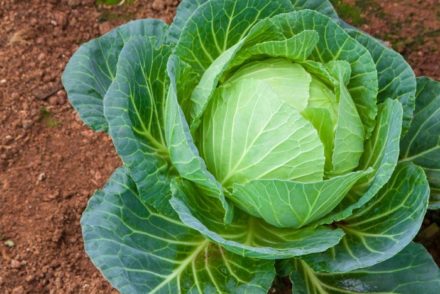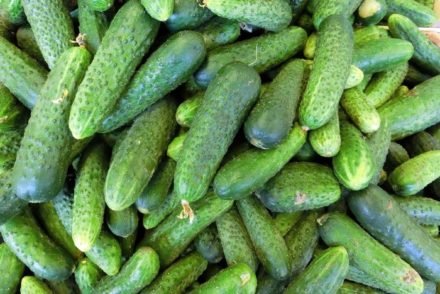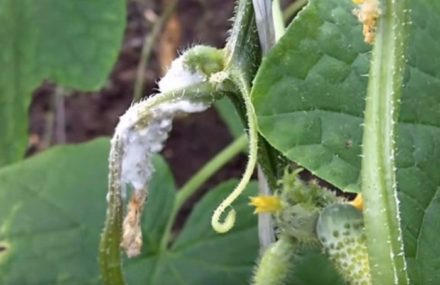Cabbage occupies a central place in the human diet. Amateur gardeners are sure to plant this wonderful crop in their summer cottages. Unfortunately, expectations of a good harvest are not always crowned with success. There can be many reasons, let's focus on one of them.
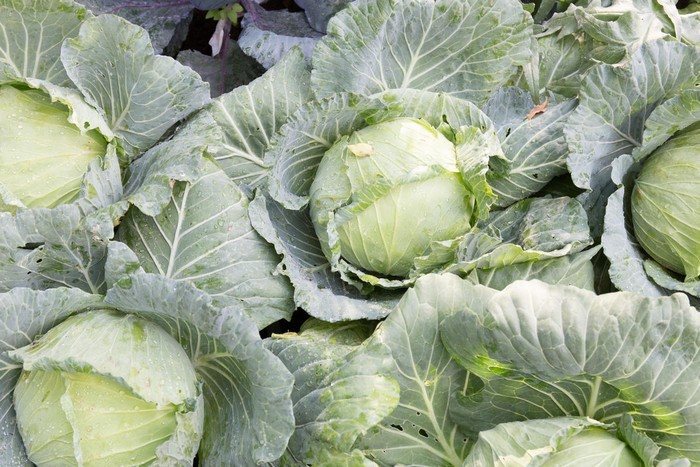
Fertilizer shortage
Cabbage is one of the plants that need feeding at all stages of development.
Micronutrient deficiency most often becomes one of the main problems that affect the formation of large and tight heads of cabbage. A lack of vitamins is not always reflected in the appearance of the plant; the leaves may be large and fleshy, but the heads of cabbage may not set at all.
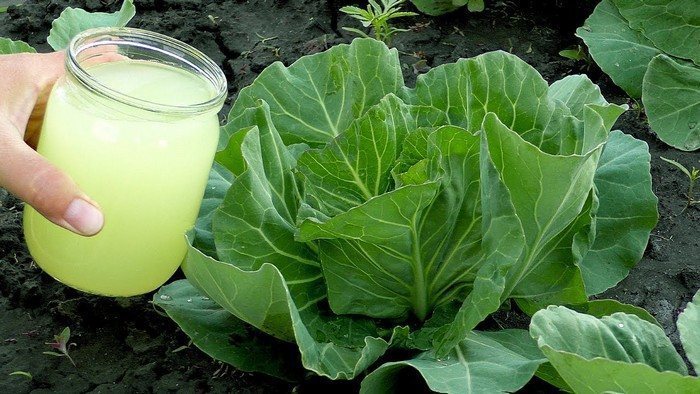
Basic batteries
Cabbage may lack many elements to form dense heads of cabbage. In order to direct the growth of the crop to the establishment of a harvest, and not to the growth of green mass, you need to figure out in time which elements the vegetable lacks and at what point they need to be added so that the work is rewarded.
Nitrogen
Nitrogen comes first. It is responsible for the formation of green mass. It is recommended to apply nitrogen fertilizers at the very first stage of growing cabbage, that is, at the beginning of summer. Urea is perfect for this; you can buy it at any specialty store. For processing, take one tablespoon of the substance and dissolve it in 10 liters of water.
Potassium
At the moment the heads set, the plant begins to need potassium microelements. Wood ash is perfect for this; it is scattered in a thin layer over the root system of the plant, and then watered.
Calcium, phosphorus, magnesium and boron
The quality of the crop can also be affected by a lack of calcium, phosphorus, boron and magnesium. These substances should not be neglected. To apply them, any complex fertilizers are purchased, for example, “Ovary”, “Agricola”, “Keytree Combi” and others. To prepare the solution, you must strictly follow the instructions on the package.
Folk remedies
Gardeners often resort to folk remedies, which are also effective and more affordable. It is important that folk remedies are completely harmless to the plant and to people.
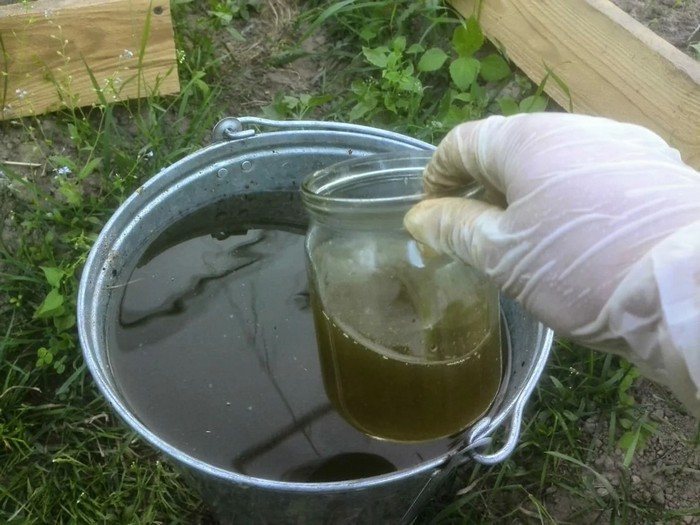
Iodine
Iodine is used for rapid growth and increased productivity. Add 30–40 drops of 5% iodine to a bucket of water, then water the cabbage at the rate of 1 liter of solution per bush.
Chicken droppings
Chicken manure is considered a useful fertilizer, but you need to work with it carefully. If the solution is prepared incorrectly, the culture may “burn.” Take 500 grams of litter per bucket of water. The composition must be infused for 3 days. After this, take 2 liters of the prepared composition into a bucket of water, and water the plants with it.
Mullein
Mullein is also one of the most effective remedies. It is prepared like this: rotted cow dung is mixed with water and left to infuse for a week. For 1 kg of mullein, take 10 liters of water. After a week, the resulting mixture is fed to the cabbage. This composition will help form the head of cabbage.
Yeast
Yeast supplements can also be used. Two tablespoons of dry yeast are diluted in 3 liters of water, and 3 tbsp is added here. spoons of sugar. The solution is infused for 3 days, after which it is mixed with a bucket of water.
By following these simple tips, you will get a tasty, high-quality cabbage harvest.


